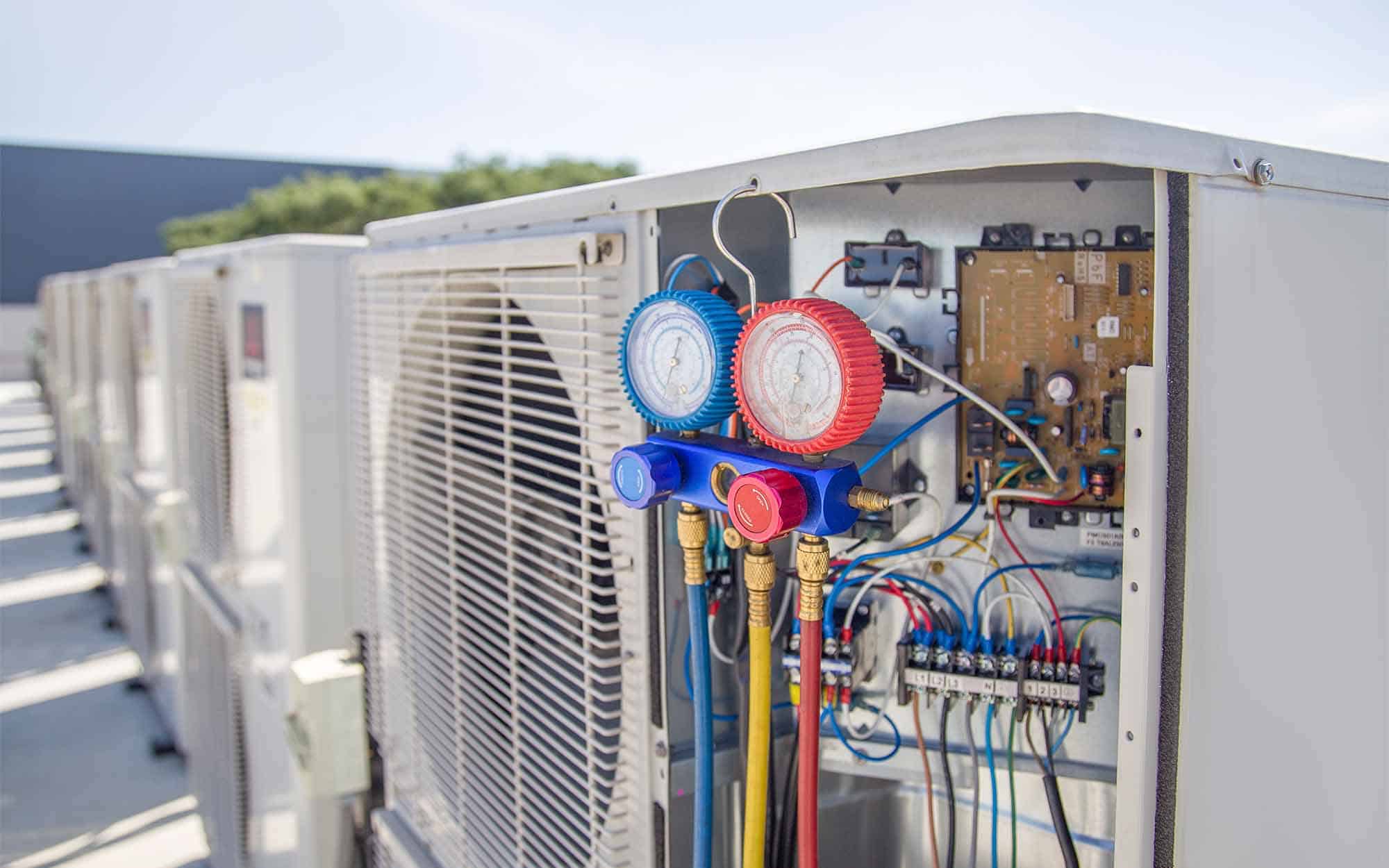The Ultimate Guide to Troubleshooting Common A/c and A/c Issues
Property owners usually come across different concerns, from not enough air conditioning to complicated audios rising from their systems. Identifying when a problem exceeds basic remedies can be just as vital.
Common A/c Problems
Identifying typical cooling and heating issues is crucial for maintaining a comfortable indoor environment. Homeowners frequently encounter concerns that can interfere with heating, air flow, and air conditioning systems. One common trouble is inadequate air movement, which may arise from stopped up filters, obstructed air ducts, or malfunctioning fans. This can result in uneven temperatures and increased power usage.
Another regular issue is refrigerant leakages, which compromise the efficiency of cooling units. Insufficient refrigerant degrees can create systems to have a hard time in cooling rooms, bring about higher functional prices and possible long-lasting damages. Additionally, thermostat breakdowns can result in incorrect temperature regulation, causing pain and extreme power use.
Resolving these issues immediately is vital to avoid additional damages and make certain optimum system performance. Routine upkeep and prompt diagnosis of these typical Heating and cooling issues can considerably enhance the reliability and performance of home heating and cooling systems, inevitably adding to a more comfy living setting. HVAC Farmington MO.

Indications of A/c Issues
Acknowledging the signs of cooling issues is essential for guaranteeing ideal performance and comfort in your house. One of the most immediate signs is not enough air conditioning; if your air conditioner device is not supplying the anticipated degree of air conditioning, it might indicate low cooling agent levels, a falling short compressor, or stopped up filters. Additionally, if you observe unusual sounds-- such as grinding, screeching, or rattling-- this might show mechanical issues that call for punctual interest.
One more essential indication is a boost in energy bills without an equivalent adjustment in use. This inefficiency typically directs to underlying problems, such as dirt accumulation in the coils or ductwork leaks. If you identify unpleasant smells originating from the system, it might be an indication of mold and mildew growth or electric problems, both of which need prompt analysis.
Lastly, regular cycling on and off, called short-cycling, can suggest issues with the thermostat or an improperly sized device. By being attentive concerning these indicators, you can address AC concerns early, making certain a comfy environment and prolonging the life of your best site cooling system.
Step-by-Step Troubleshooting
When your air conditioning system begins to underperform, it's important to break down the fixing process into manageable steps. If the settings are right, examine the air filter; a dirty or blocked filter can significantly impede air flow and performance.
Next, check out the breaker or fuse box for tripped breakers or blown fuses. If the breaker has tripped, reset it, but keep an eye on it; if it trips once more, there might be a deeper electric issue.
Examine the outside system for particles, such as fallen leaves or dirt, which can obstruct air flow. Make certain the unit is clear which the fins are not bent.
Preventive Upkeep Tips

During these inspections, technicians can identify and attend to possible problems prior to they intensify. Additionally, replace air filters every 1-3 months to boost air high quality and system effectiveness.
Keep the outside unit clear of particles, such as leaves and dirt, which can impede airflow. Cut bordering plant life to keep a minimum of two feet of clearance (HVAC Farmington MO). Examine and clean up the condensate drain to avoid water damages and mold growth
Check insulation around air ducts, ensuring it stays intact to avoid power loss. Consider a programmable thermostat to enhance power use according to your schedule.
Lastly, check your system's performance frequently, keeping in mind any kind of unusual noises or adjustments in temperature level. Proactive actions are essential read what he said in preserving an efficient cooling and heating system, eventually resulting in lower energy expenses and enhanced convenience.
When to Call an Expert
Understanding when to call a professional for cooling and heating concerns can conserve you time, cash, and unneeded tension. While some minor problems might be solved with DIY troubleshooting, specific indicators suggest that professional treatment is necessary. If from this source you experience inconsistent temperature levels throughout your home, unusual noises from your a/c system, or consistent smells, it is important to look for specialist help.
Furthermore, if your unit fails to start or frequently cycles on and off, these might be signs and symptoms of even more significant underlying issues that call for specialized knowledge and devices (hvac). Refrigerant leakages, electrical breakdowns, or problems with the compressor can make complex repair work and may present safety risks
An additional vital factor is the age of your system. If your heating and cooling system mores than 10 years old and displays repeated problems, speaking with a professional for a detailed assessment can aid identify whether repair service or replacement is a lot more economical. Furthermore, if you lack the comfort or experience to handle complex repairs, it's prudent to count on a certified service technician.
Inevitably, prioritizing safety and security and efficiency is extremely important. When doubtful, err on the side of care and get in touch with a professional to ensure your HVAC system runs efficiently.
Final Thought
In conclusion, efficiently repairing common HVAC and Air conditioner concerns needs a systematic method to recognize problems, carry out step-by-step remedies, and prioritize precautionary upkeep. Acknowledging indicators of malfunction can protect against minor issues from rising right into considerable repair work.